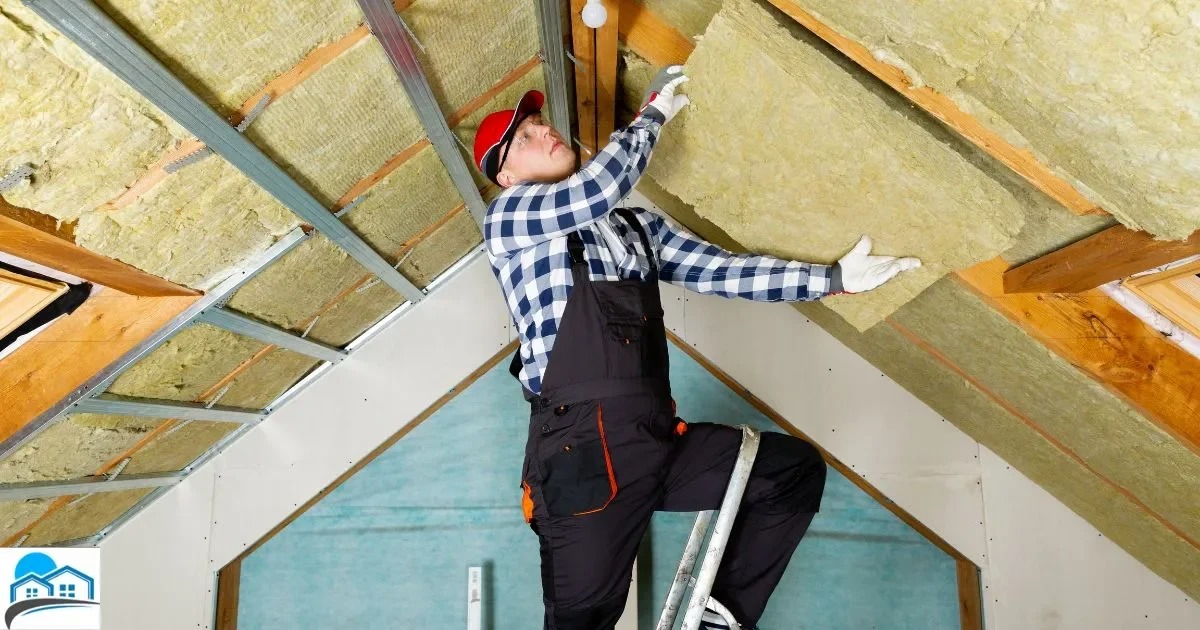Roof insulation is one of the most effective ways to enhance a building’s energy efficiency, maintain indoor comfort, and reduce heating and cooling costs Ocieplanie dachow. Whether in a residential home or a commercial facility, proper insulation in the roof plays a critical role in managing temperature and preventing energy loss.
What Is Roof Insulation?
Roof insulation involves installing materials in the roof space or under the roofing material to slow the transfer of heat between the interior and exterior of a building. Common insulating materials include fiberglass, foam boards, spray foam, and reflective foil. The choice depends on the building structure, climate, and budget.
Why Roof Insulation Matters
-
Energy Efficiency
Heat rises, and in winter, a poorly insulated roof allows warm air to escape. In summer, it lets in excessive heat. Roof insulation helps maintain a stable indoor temperature, reducing the load on HVAC systems and lowering utility bills. -
Comfort Control
An insulated roof minimizes temperature fluctuations, making indoor spaces more comfortable year-round. It reduces cold drafts in winter and keeps interiors cooler in hot weather. -
Environmental Benefits
By reducing the need for heating and cooling, roof insulation lowers carbon emissions, contributing to a greener and more sustainable environment. -
Noise Reduction
Insulation can also dampen external noise, making it an effective sound barrier—especially beneficial for homes near busy roads or airports. -
Moisture Control and Longevity
Quality insulation often includes vapor barriers that help prevent moisture build-up, which can lead to mold, mildew, and roof structure damage.
Types of Roof Insulation
-
Batt and Roll Insulation: Commonly made from fiberglass or mineral wool; suitable for attics and between roof joists.
-
Spray Foam Insulation: Expands to fill gaps; ideal for hard-to-reach areas and offers high thermal resistance.
-
Rigid Foam Boards: Dense and effective for flat roofs or where space is limited.
-
Reflective Insulation: Uses aluminum foils to reflect radiant heat, commonly used in hot climates.
Installation Considerations
-
Climate: Cold climates benefit more from thicker insulation, while reflective materials are ideal for hot regions.
-
Roof Type: The insulation method varies between pitched and flat roofs.
-
Ventilation: Proper airflow in the attic or roof space is essential to prevent moisture issues.
Conclusion
Investing in roof insulation is a smart and sustainable choice for any property owner. It improves energy efficiency, enhances indoor comfort, and can even increase property value. As energy prices continue to rise and environmental concerns grow, effective roof insulation has become not just a convenience—but a necessity.
